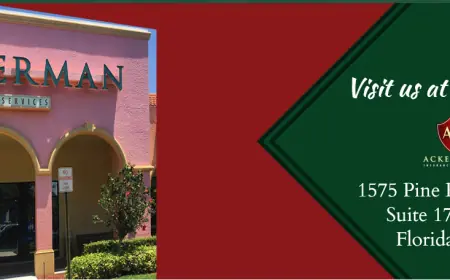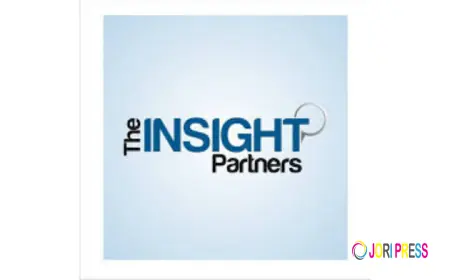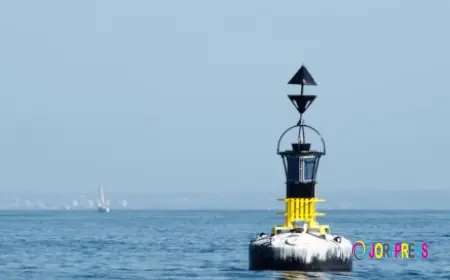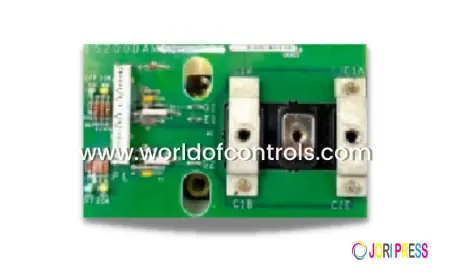Heating cables market dynamics driving industry growth and competitive shifts
The heating cables market is shaped by complex market dynamics that influence growth patterns, competitive positioning, and innovation trends. Understanding these dynamics is crucial for stakeholders to adapt strategies and capture emerging opportunities. This article explores the key forces impacting the heating cables industry today.
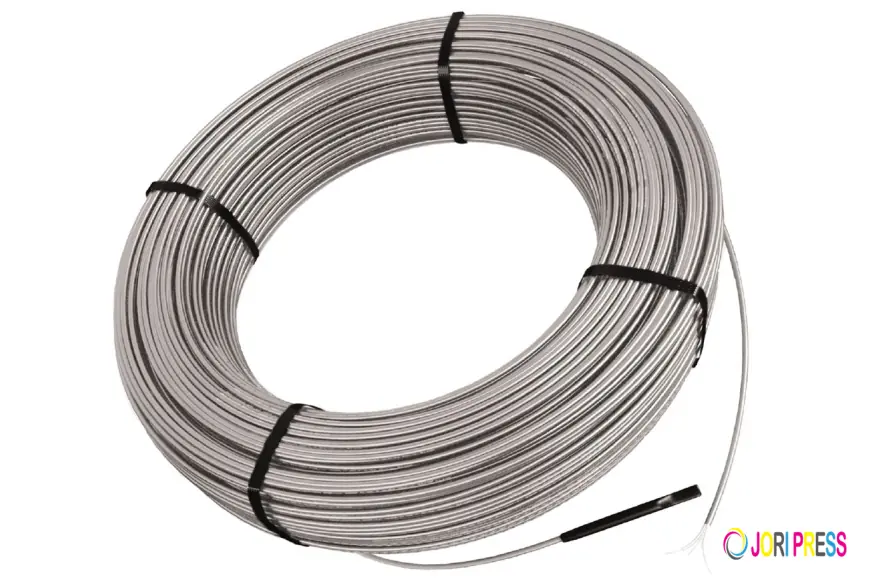
Demand-Supply Interactions and Market Growth
The heating cables market experiences growth driven by increasing demand for energy-efficient heating solutions in residential, commercial, and industrial sectors. Demand is fueled by infrastructure development, harsh climatic conditions, and rising safety regulations requiring freeze protection and temperature maintenance.
On the supply side, manufacturers are responding with advanced product offerings, including self-regulating and smart heating cables that offer operational efficiency and enhanced safety. Innovations in cable materials and design further strengthen supply capabilities. However, supply chain challenges such as raw material price fluctuations and logistical disruptions can impact product availability and pricing.
Technological Innovation as a Key Dynamic
Technological advancement is a powerful dynamic driving the market. The shift from traditional constant wattage cables to self-regulating heating cables has revolutionized energy consumption patterns by providing variable heat output based on ambient temperature, reducing energy waste.
Integration of heating cables with IoT and smart building systems is reshaping market dynamics by introducing remote monitoring and automated control. This evolution aligns with broader trends in digital transformation and energy management, creating new growth opportunities.
Material innovation to improve durability and resistance to harsh environmental conditions also influences market dynamics by expanding heating cables’ applicability in challenging industrial environments.
Regulatory Influence and Compliance Dynamics
Government regulations and standards heavily influence the heating cables market. Safety mandates for freeze protection in plumbing, roofing, and industrial applications drive demand for compliant heating cables. Regulations focusing on energy efficiency and emissions reduction encourage adoption of advanced, low-energy heating cables.
However, the complexity and variation of regulations across different countries create compliance challenges for manufacturers. This dynamic necessitates continuous product adaptation, testing, and certification, impacting market entry and operational costs.
Competitive Landscape and Market Rivalry
Competition in the heating cables market is intense, with global players and regional manufacturers vying for market share. Established companies leverage innovation, extensive distribution networks, and strong brand reputations to maintain leadership.
New entrants and smaller players focus on niche segments, cost competitiveness, and customization to carve out market positions. Strategic alliances, mergers, and acquisitions are common to enhance product portfolios and geographic reach.
This competitive rivalry drives continuous product improvement, pricing strategies, and customer service enhancements, benefiting end-users.
Customer Behavior and Market Demand Dynamics
Shifting customer preferences and growing environmental consciousness significantly impact market demand. Consumers increasingly seek heating cables that are energy-efficient, easy to install, and compatible with smart home or industrial automation systems.
The rising trend of retrofitting older buildings with modern heating cable solutions presents additional demand dynamics. Customer expectations for technical support, warranty, and after-sales service influence purchasing behavior, prompting companies to enhance their service offerings.
Challenges and Opportunities in Market Dynamics
Market dynamics also include challenges such as high upfront costs and technical installation complexities that can restrain growth. Skilled labor shortages and maintenance requirements pose operational barriers in certain regions.
Conversely, opportunities arise from expanding applications in emerging markets, integration with renewable energy systems, and development of eco-friendly products. Companies that can innovate while addressing these challenges are positioned to capitalize on dynamic market shifts.
Conclusion
In conclusion, the heating cables market dynamics are defined by demand-supply interactions, technological progress, regulatory frameworks, competitive rivalry, and evolving customer preferences. Navigating these dynamics requires agility, innovation, and strategic foresight.
Stakeholders focusing on sustainable solutions, smart integration, and responsive customer service will be best placed to thrive. Continuous monitoring of regulatory and market trends will be critical for adapting strategies and maintaining competitiveness in this evolving market.
What's Your Reaction?
 Like
0
Like
0
 Dislike
0
Dislike
0
 Love
0
Love
0
 Funny
0
Funny
0
 Angry
0
Angry
0
 Sad
0
Sad
0
 Wow
0
Wow
0
